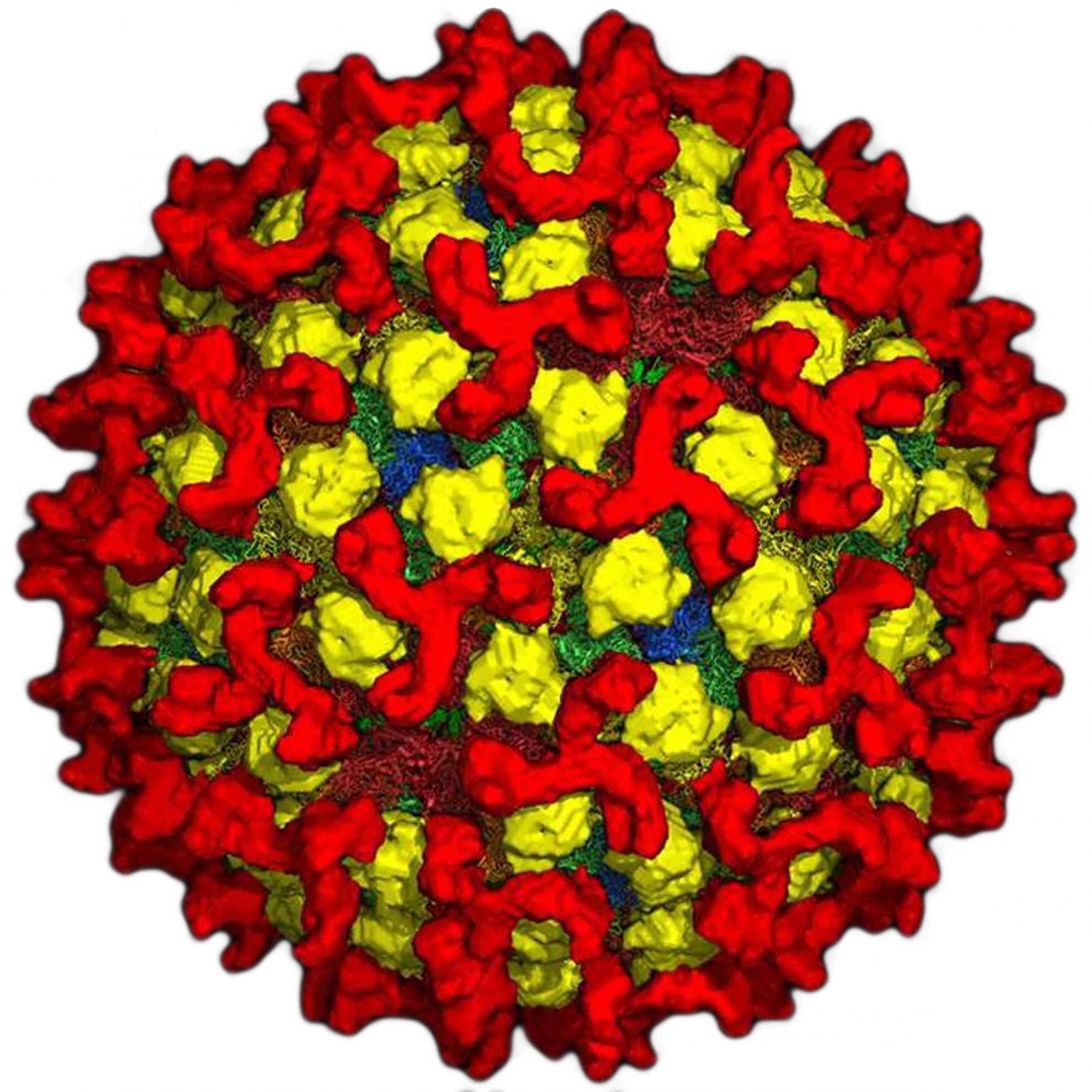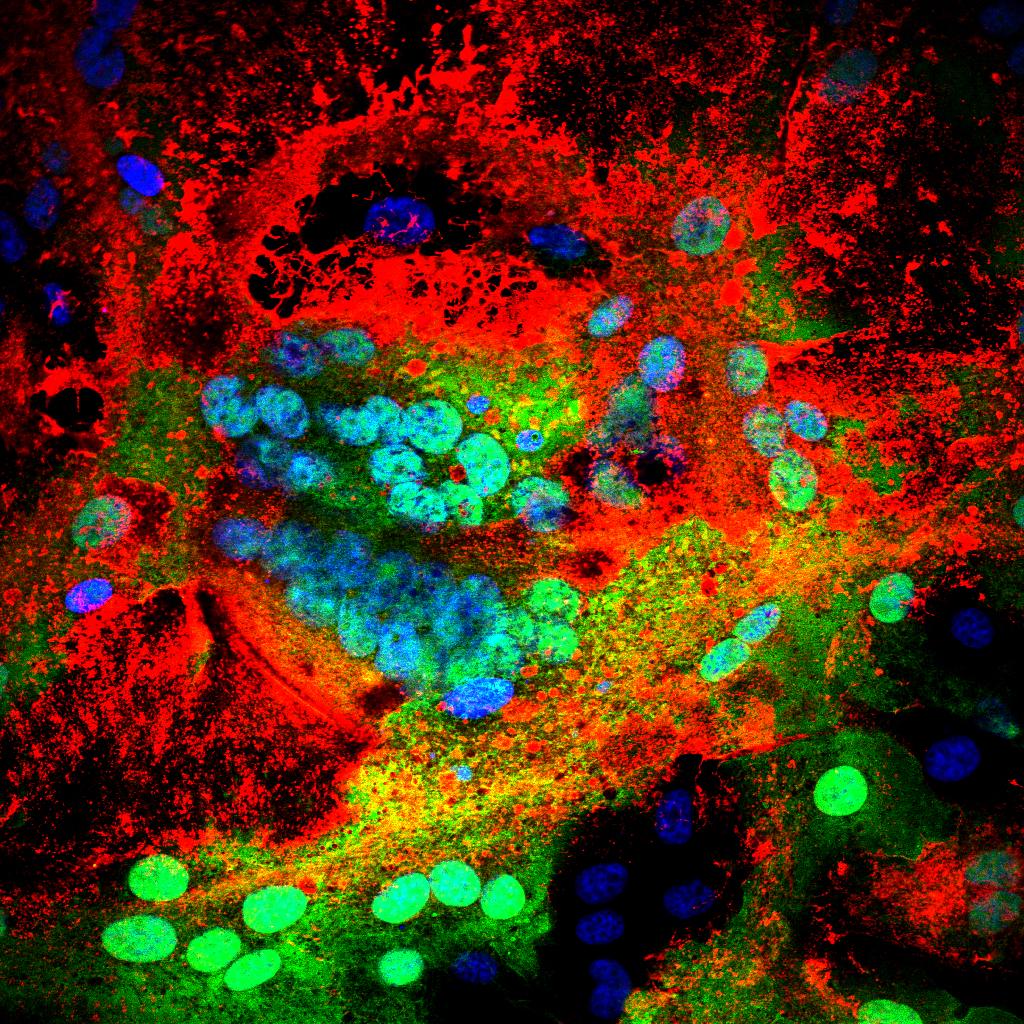Environmental sampling for the detection of foot-and-mouth disease virus and peste des petits ruminants virus in a live goat market, Nepal
Livestock markets are considered vital parts of the agricultural economy, particularly in developing countries where livestock keeping contributes to both food security and economic stability. Animals from diverse sources are moved to markets, they mix while they are there and are subsequently redistributed over wide geographic areas. Consequently, markets provide an opportunity for targeted surveillance for circulating pathogens. This study investigated the use of environmental sampling at a live goat market in Nepal for the detection of foot-and-mouth disease virus (FMDV) and peste des petits ruminants virus (PPRV), both of which are endemic. Five visits to the market were carried out between November 2016 and April 2018, with FMDV RNA detected on four visits and PPRV RNA detected on all five visits. Overall, 4.1% of samples (nine out of 217) were positive for FMDV RNA and 60.8% (132 out of 217) were positive for PPRV RNA, though the proportion of positive samples varied amongst visits. These results demonstrate that non-invasive, environmental sampling methods have the potential to be used to detect circulation of high priority livestock diseases at a live animal market and, hence, to contribute to their surveillance and control.



